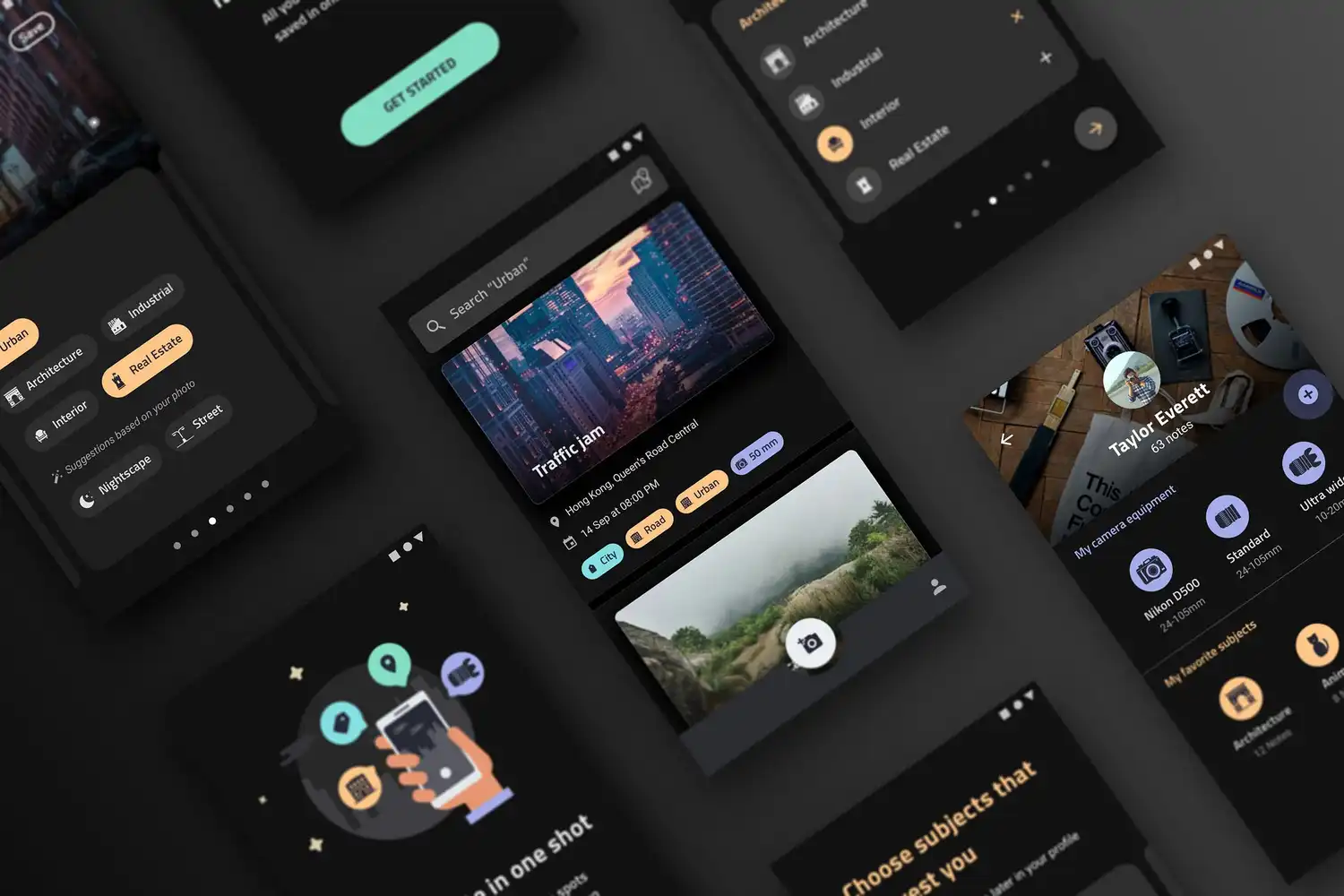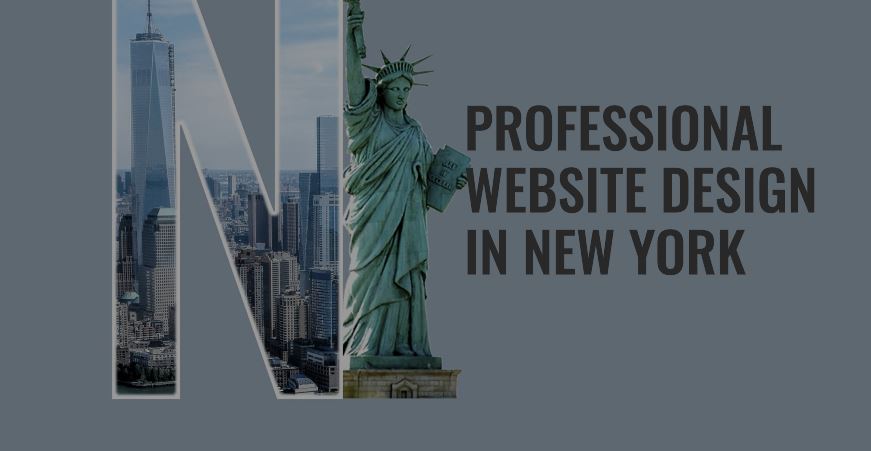A “Contact Us” form is a web page element or feature commonly found on websites that allows users to get in touch with the website owner, company, or organization. It serves as a direct communication channel for visitors who have inquiries, feedback, or want to request information or support. The form typically consists of input fields for users to enter their name, email address, subject, and a message.
A well-designed “Contact Us” form is a valuable asset for any website, promoting communication, user engagement, trust, and customer support. It serves as a bridge between the website and its users, fostering a positive user experience and benefiting both parties involved.
Read this article by the best web design company in Delhi –
Types
There are several types of “Contact Us” forms that website owners or developers can implement based on their specific needs and the nature of their business. The design and functionality of the form depend on the goals and requirements of the website owner.
General Contact Form
This is the standard and most common type of “Contact Us” form found on websites. It includes fields for the user’s name, email address, subject, and message. Users can use this form to send general inquiries, feedback, or messages to the website owner or support team.
Request a Quote Form
This type of form is commonly used by businesses offering products or services. It includes additional fields for users to provide specific details about their requirements or the type of product/service they are interested in. The form allows businesses to gather relevant information to provide accurate quotes to potential customers.
Job Application Form
Companies looking to hire new employees often use this type of form. It includes fields for applicants to input their personal information, work experience, resume/CV, and a cover letter. This form streamlines the application process and helps businesses collect relevant information from potential candidates.
Customer Support Form
Some websites have dedicated customer support forms that are tailored to handle support-related inquiries or issues. These forms may include dropdown menus for users to select the type of problem they are experiencing, order numbers, or account-related details to assist the support team in providing more efficient assistance.
Feedback or Survey Form
This type of form is designed specifically to collect feedback from website visitors or customers. It can be used to gather opinions on products, services, website usability, or overall user experience. Feedback forms often include open-ended questions and rating scales.
Newsletter Subscription Form
While not a traditional “Contact Us” form, a newsletter subscription form allows users to sign up for newsletters or updates from the website or company. It usually requires users to input their email address and sometimes their name.
Partnership or Collaboration Form
Websites seeking partnerships or collaboration opportunities may use this type of form. It allows potential partners to submit their proposals or express their interest in working together.
Event Registration Form
For websites organizing events, conferences, or webinars, an event registration form is used to collect attendee information and registration details.
Complaint or Support Ticket Form
Some larger organizations or customer support centers may use a dedicated ticketing system as a contact form. This allows users to log complaints, support requests, or track the status of their inquiries.
Useful Tips
By following these tips, you can create a user-friendly and efficient “Contact Us” form that encourages users to engage with your data science website and business while providing a seamless communication channel for inquiries and feedback.
Keep it simple – Design a clean and straightforward form layout. Avoid overwhelming users with too many fields or complex designs. Stick to the essential fields like name, email, subject, and message.
Use clear labels – Ensure that each field has clear and descriptive labels. Users should understand what information is expected in each field without confusion.
Add a descriptive call-to-action – Instead of a simple “Submit” button, use a more descriptive call-to-action, such as “Send Message” or “Get in Touch.” It encourages users to take action.
Implement validation – Include form validation to check for errors in real-time. Validate email addresses, required fields, and format to minimize errors and incomplete submissions.
Mobile responsiveness – Ensure your contact form is mobile-friendly and looks good on various devices, including smartphones and tablets. Mobile users should have a seamless experience when using the form.
Consider anti-spam measures – Use CAPTCHA or other anti-spam techniques to reduce the risk of spam submissions and maintain the form’s integrity.
Provide feedback – When a user submits the form, display a confirmation message or redirect them to a thank-you page. This assures users that their message was sent successfully.
Offer alternative contact methods – In addition to the form, provide other contact options like an email address, phone number, or physical address for users who prefer different communication channels.
Privacy and data protection – Include a link to your website’s privacy policy, reassuring users that their personal data will be handled responsibly and securely.
Test the form thoroughly – Before making it live, test the contact form from a user’s perspective. Ensure that it functions correctly, all fields are working, and submissions are received as expected.
Regularly check and respond – Set up notifications to alert you when a new message is submitted. Respond to inquiries promptly to show users that their feedback is valued.
Customize the form’s appearance – Match the form’s design to your website’s overall theme and branding to provide a consistent user experience.
Optimize loading speed – Ensure the form loads quickly by optimizing images and minimizing unnecessary scripts, improving overall user experience.
Summary
A “Contact Us” form on a website is a simple yet crucial feature that facilitates communication between users and the website owner or support team, further added by the best web design institute in Delhi. It streamlines inquiries, enhances user engagement, and builds trust. Design a clear and user-friendly form with validation, privacy measures, and multiple contact options for a seamless experience.




